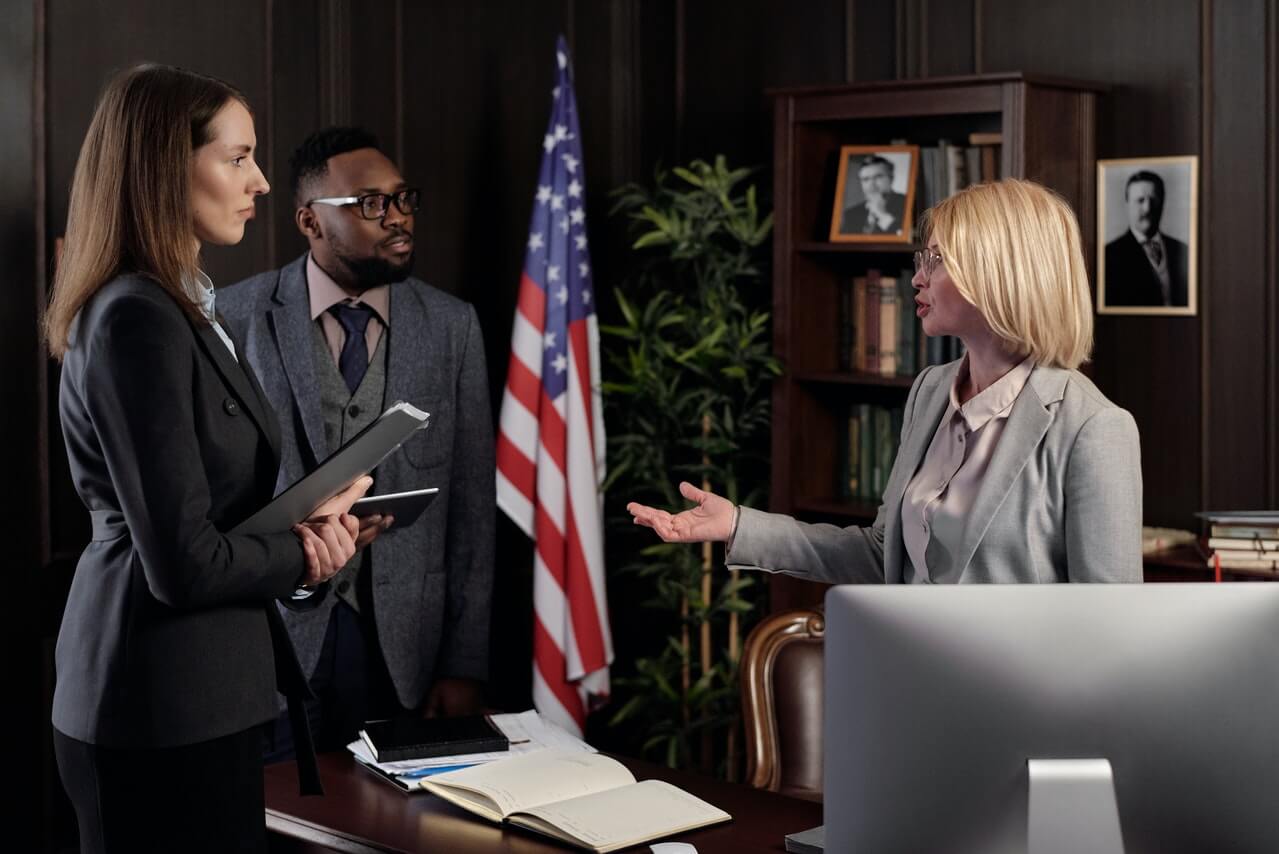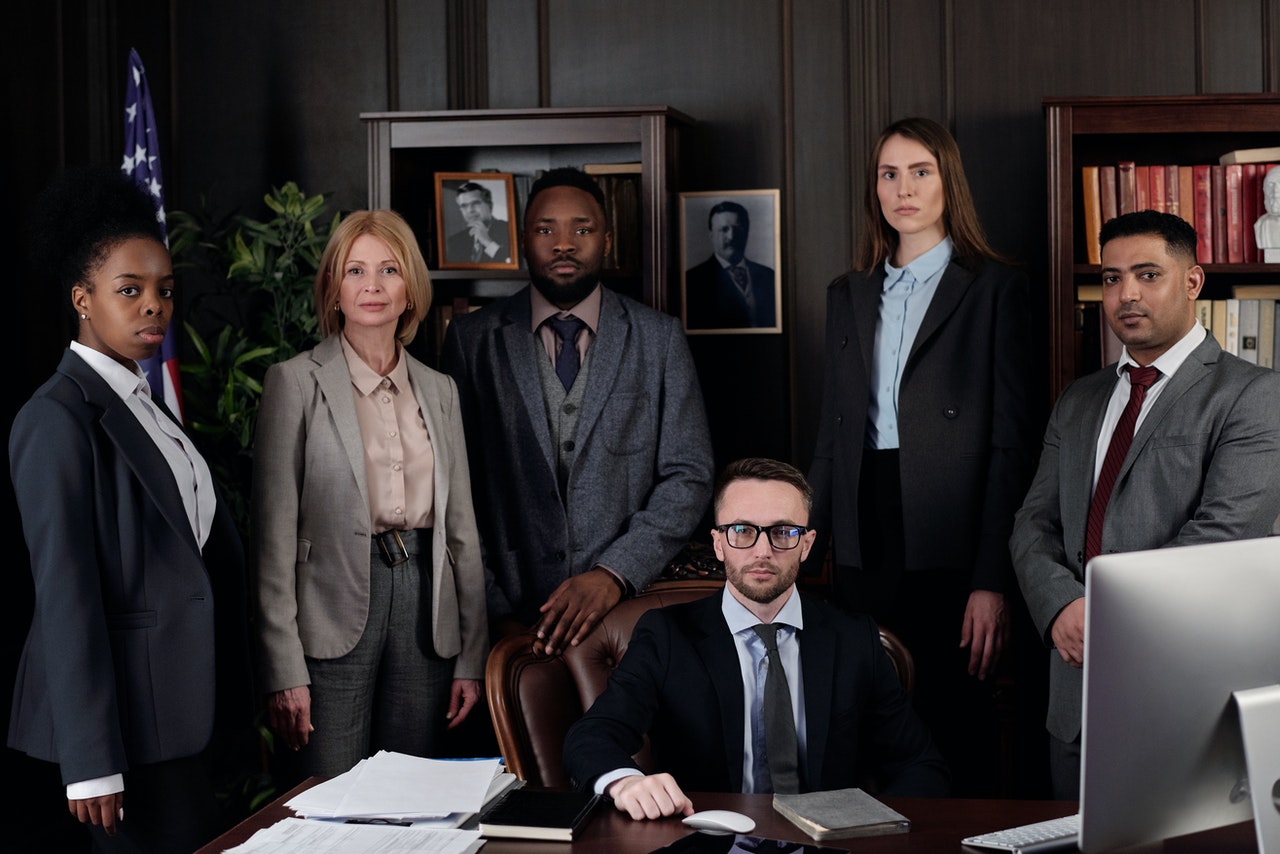Imagine this scenario…
The charismatic founder of a small (but influential) nonprofit resigns suddenly and moves across the ocean, leaving the organization in turmoil.
Stepping in quickly to clean up the mess, the Board promotes Douglas from Deputy Director to Acting ED.
Douglas has been in his new position for a month when the Board “strongly advises” him to assume all fiscal and administrative responsibilities of the organization – removing those duties from the portfolio of a senior staff member. Douglas knows that his direct report will not let go without a fight. But he pushes that knowledge out of his mind and begins to make plans for the change.
Douglas asks his Civic Leadership Coach to help him identify the steps for moving administrative responsibilities from one desk to another.
Making the Adaptive Leadership Mind-Shift
Adaptive Leadership Theory says that with “technical work” the problem is clear (The wrong person has responsibility for finances in Douglas’s organization) and the person in authority (Douglas) needs to optimize executive of the solution (Rewrite the job descriptions and act accordingly).
Douglas’s Coach recognizes that he is thinking of the situation as a “Technical Problem.” She encourages him to consider “Adaptive” interpretations.
Leading Adaptively Means Moving Beyond Default Interpretations
Pushing against Douglas’s default interpretation (“The senior staff member is creating problems, and leadership requires that I get him to see things the board’s way”), the Coach’s questions help Douglas shift his perspective of the problem from “technical and individual” to “adaptive and systemic.” Douglas recognizes the great degree to which the organization has been knocked out of balance by the founder’s untimely exit. He acknowledges the high levels of distress and the conflicting values that have led to stonewalling by the senior staff member, and to less obvious signals of distress from other members of both staff and board. Realizing the systemic (adaptive) nature of the challenge he is facing, Douglas acknowledges that the temperature in the organizational system has become too hot for most people to handle. He and his Coach consider ways to turn down the heat just enough to allow people to see the situation clearly.
Adaptive Leadership Requires Smart-Risks and Experimentation
By the end of the coaching session, Douglas understands that his major leadership challenge will be helping everyone identify and accept their piece of the adaptive work of creating a strong, post-founder organization. He resolves to experiment, that very afternoon, by initiating conversation with the staff about their loss, hurt, and grief related to the founders’ departure.








